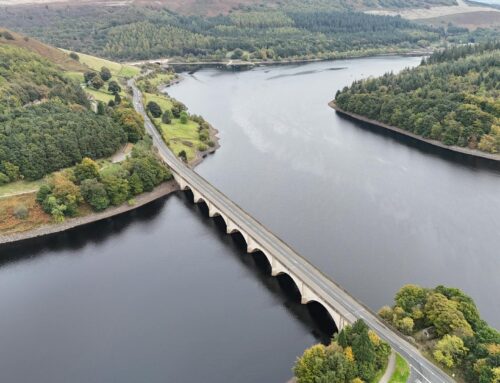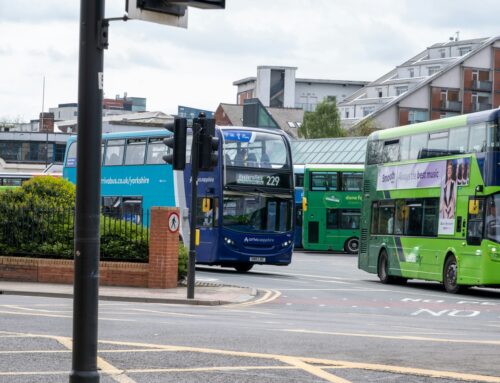Five shortlisted entries have been announced for a new low-carbon footbridge as part of the Lower Thames Crossing project – effectively bringing the future of the country’s footbridges a step closer.
The competition was launched in July, and is on the lookout for innovative and sustainable designs for a crossing over the A127 – a key strategic road linking Southend and London, and located near the Lower Thames Crossing’s northern end.
It is also anticipated that whichever design is victorious in the contest could form the new footbridge standard, going on to be replicated across roads up and down the nation.
How has the competition been conducted, and what are the shortlisted entries?
The contest received more than 30 entrants, which were subject to anonymous assessment, and judged on how they proposed to use low-carbon materials and construction methods.
Evidence of good design principles was also sought in the submitted designs, in light of the importance of ease of access and a pleasant crossing experience for the bridge’s users.
The winning entry to set to be announced in the late spring of 2025.
The five entries to make the shortlist were:
- A two-span bridge incorporating twin haunched glulam girders, with an all-steel central pier and steep reinforced earth embankments for the approaches
- A slender timber bridge with a V-shape stainless steel pier supporting it, minimising span lengths to deliver an efficient low-carbon solution
- A timber bridge with twin haunched girders; the main pier is an inclined steel prop, and stone columns are used for the approach piers
- A modular truss bridge with regeneration and circularity its guiding design principles; steel materials are reused, and an industrial process adopted to ensure repeatability and efficiency
- A contemporary reinterpretation of the traditional stone bridge, taking the form of a prestressed bridge, with the façade treatment reflecting the internal tendon profile.
High ambitions for a sustainable footbridge project that delivers major community benefits
It is intended that the proposed new footbridge across the A127 will promote healthy active travel given its restoration of pedestrian access between Moor Lane and Folkes Lane, which was severed in 1924 when the road opened.
The footbridge will provide the local community with an uninterrupted route between nearby green spaces such as Folkes Lane Wood, Thames Chase Forest Centre, and Hole Farm Community Woodland.
The latter is a new, 100-hectare woodland that is presently being created in partnership between the Lower Thames Crossing and Forestry England; it is due to open in the summer.
Programme Director for the Lower Thames Crossing, Shaun Pidcock, commented: “The Lower Thames Crossing is green by design, so it was pleasing that we received so many high-quality entries for a low-carbon footbridge of the future, the perfect complement to the scheme.
“The five shortlisted entries all plan to utilise new low-carbon materials, and I look forward to seeing how the designs develop and the eventual winner being selected.”
Our own transport consultants share such high hopes for this potentially momentous project for the future of the footbridge in England. To learn more about the targeted guidance and expertise we can lend to aid the success of your own transport infrastructure projects, please enquire today to your closest Transport Planning Associates (TPA) office.





